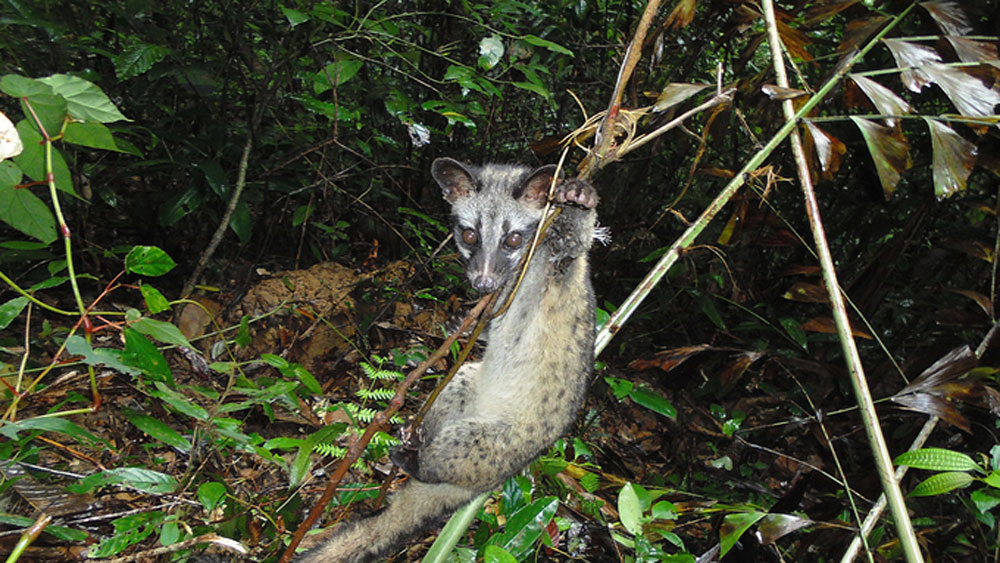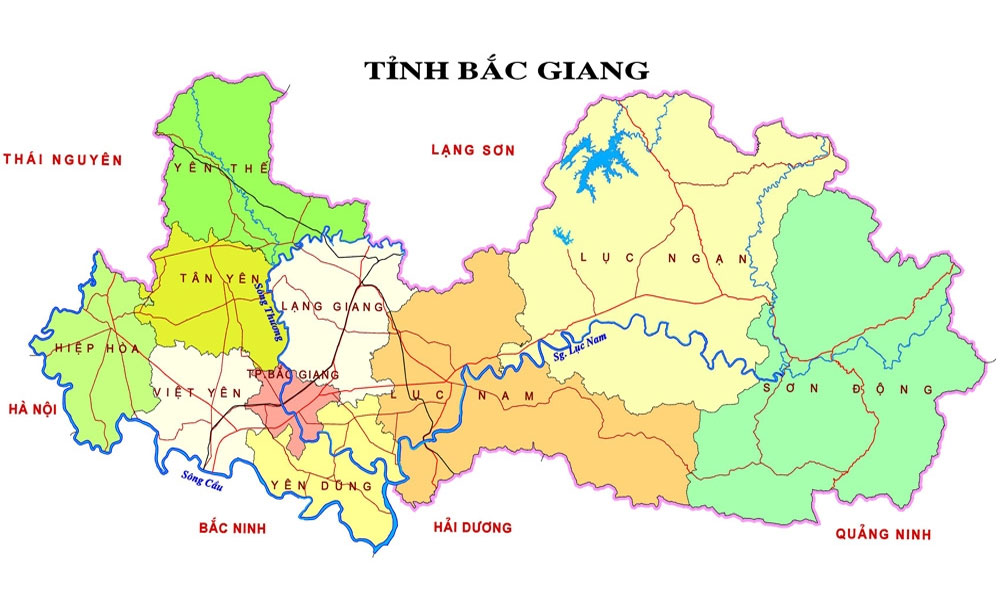Forest ranger spends decade disarming wildlife traps
A forest ranger with the Worldwide Fund for Nature (WWF), he has seen how populations of rare species like the saola, the Annamite striped rabbit and the Owston’s palm civet have dwindled in the Saola Reserve in the central Thua Thien-Hue Province over the years.
 |
|
A small Indian civet is caught in a wire trap in the Central Annamites in central Vietnam. |
As much as 1,000 traps could be seen every day within a 10-km radius inside the reserve, he said.
"When we find fewer traps, it is not because the number of poachers has reduced, but because their methods have become more sophisticated."
Poachers used to set up hundreds of traps at a time, but have now learned to set fewer of them, spread them over a wider area and camouflage them with leaves and the like, he said.
Instead of traveling along mountain slopes, they follow streams, where rising water levels during rains make it difficult for rangers to track them down, he said.
They use wires, nets and other contraptions to catch animals, but the most common is the wire trap as it is simple and easy to set up.
Thien said for a few tens of thousands of dong, poachers can create wire traps to catch rare animals like pangolins and civets and sell them for millions.
"When an animal takes the bait, it falls into a pit suspended from a wire. The more it struggles, the tighter the rope becomes, making escape impossible. Some traps are so strong that even humans find it difficult to get out."
Normally a patrol lasts up to 16 days, and rangers need to be well-equipped with medicines, navigation and communication devices and other tools.
The rainy season is the hardest period since poachers operate more then to take advantage of the rising water levels that clear their tracks.
For the rangers, the most painful moments are when they do not dismantle traps in time and animals die in them.
"Poachers will not take dead animals, and they leave them in the forest, which pollutes the environment," Thien said.
Over the years and thousands of trips, Thien and his teams have detected and busted several poaching groups. Some poachers have switched sides and become rangers themselves to be tasked with disarming traps and finding other poachers thanks to their intimate knowledge of the forests and poaching methods.
Last decade alone over 127,800 traps were dismantled at just two saola reserves in Thua Thien-Hue and Quang Nam provinces, the WWF said at a conference on protecting biodiversity held on Wednesday.
The traps are set at a rate of 880 per square kilometer, it said.
Trapping has become more prevalent in recent years due to rising demand for wildlife meat, experts said at the conference. Some 80 percent of people living in urban areas consume food derived from wildlife at least once a year, according to the WWF.
Forest rangers thus play a vital role in protecting natural reserves and preserving their biodiversity and ecosystems, the experts said, and more should be sent on patrols, which should cover larger areas and prioritize dismantling traps that target species that fetch high prices.
However, they admitted that to prevent traps from being set, the most effective method is not to deploy more rangers, but to stop wildlife consumption demand by eliminating wildlife providence sources, for example black markets.
Poachers could be incentivized to enroll in employment programs so that they would not have to hunt wildlife to survive, they added.
The WWF said the government should also use the law to stop the trapping and hunting of wildlife, for example by introducing the definitions of trap and its usage. Wildlife crimes should be properly punished, it added.
 Bắc Ninh
Bắc Ninh




















Reader's comments (0)